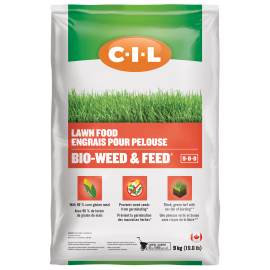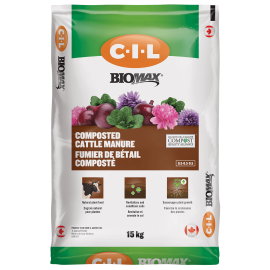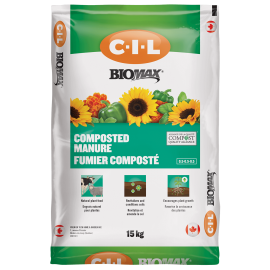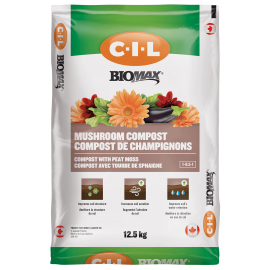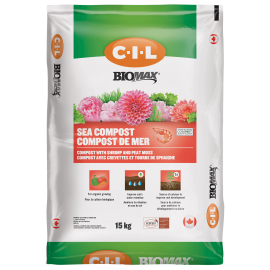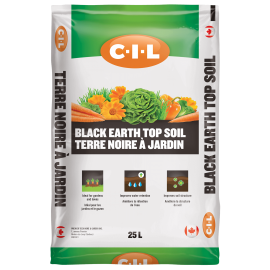Dogs and Lawns: Safety and Protection
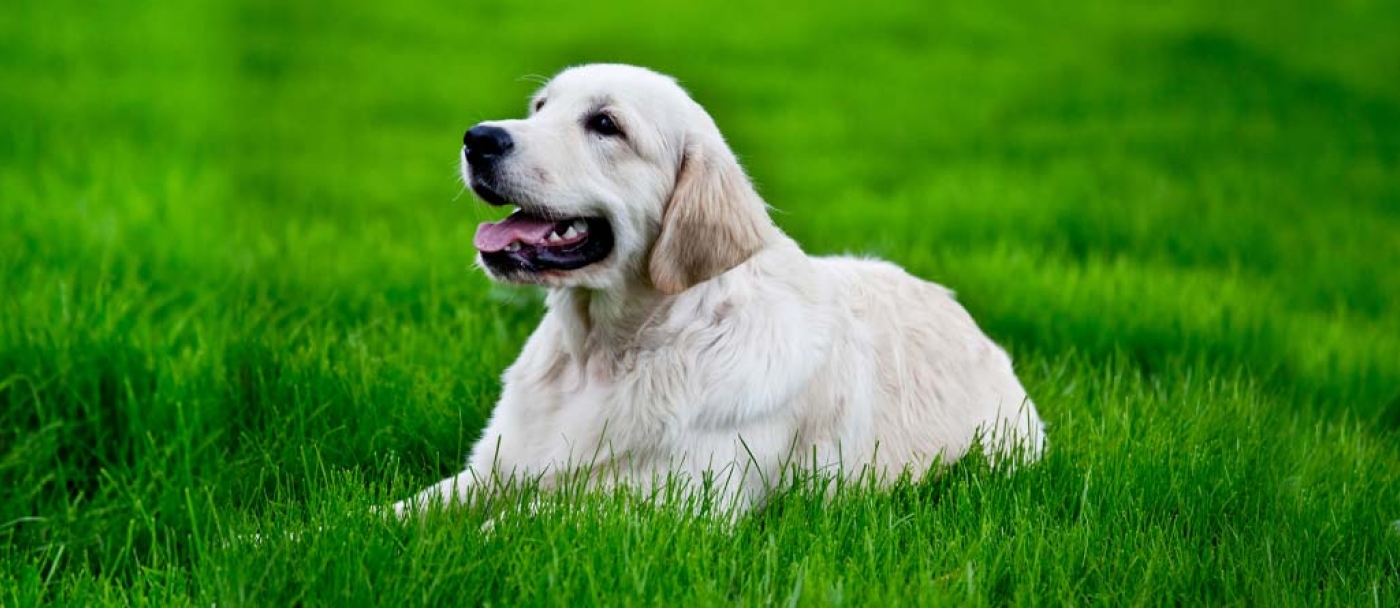
As homeowners, we love our lawns, but we also love our dogs. How do we maintain a lush, green oasis, which often requires the use of fertilizers and other chemicals, while keeping our furry family members safe and healthy at the same time?
Most well-maintained lawns don’t require a lot of toxic chemicals. The most important thing is to water, feed and mow regularly to keep your lawn is tiptop condition. Restoring a neglected lawn is always more difficult, and may require more toxic chemicals, than a lawn that receives consistent care.
However, in spite of your best efforts, there may be times that chemicals are needed. Read on for tips that will help keep your dog healthy.
Lawn Food
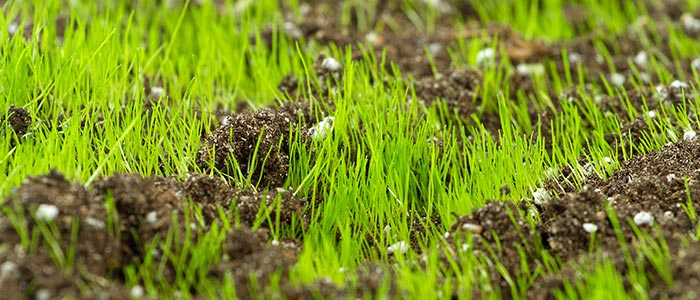
- Fertilizer isn’t extremely dangerous for your dog when properly used, although exposure may cause a mild tummy ache.
- To be safe, most fertilizer manufacturers recommend that dogs be kept off the lawn for 72 hours. Never let your dog run on the lawn until the fertilizer has been watered into the soil.
Weed Killers and Insecticides
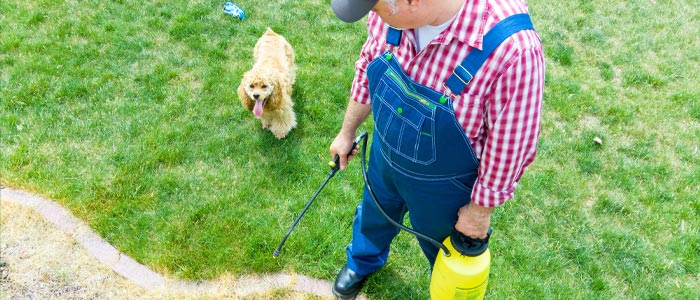
- Use weed killers and insecticides with great care, as chemicals that are toxic enough to kill bugs are also dangerous to dogs. Remember that your dog has more direct exposure to chemicals than you do.
- Ill effects may not show up immediately, but toxins can build up in your dog’s system, eventually causing cancer, organ damage or other serious problems.
- Select the least toxic products available and always read the label. Be careful, as some products marked “organic” or “natural” sometimes contain substances that may be toxic to dogs.
- The manufacturer will provide specific instructions about the safe use of the product. Many advise that pets not be allowed onto the lawn until the chemical has dried completely.
- Others recommend a longer waiting period, as even dried toxins can enter your dog’s system. It’s always better to be safe than sorry.
- Pick up toys and food dishes before you begin. Always keep your dog indoors while you’re mixing and applying weed killers and insecticides.
Keeping your Lawn Safe
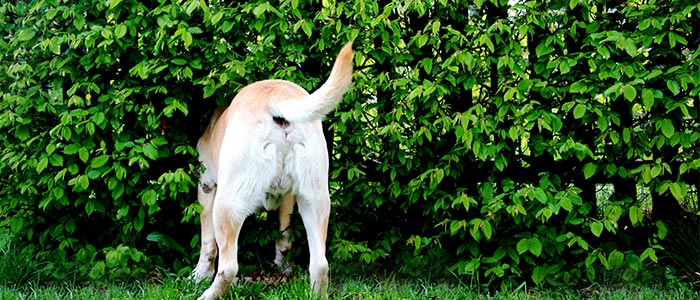
- Dogs can be destructive to lawns, and you may need to come to terms with a lawn that is less than perfect. However, there are ways to lessen the impact.
- Dog urine can cause unsightly burned areas. The best way to prevent this is to teach your dog to do his business in less visible areas.
- The same goes for digging: it’s difficult to train a dog not to dig, but you can teach him to dig in “legal” areas. Provide rewards in the form of love and treats when he gets it right.
- Once your dog is trained, you can reseed the damaged patches. If the damage is extensive, you may need to overseed your entire lawn.
